While robotic and suction pool cleaners offer powerful and often automated cleaning, there’s another option for those seeking a simpler, more budget-friendly solution: water hose pool cleaners. These cleaners utilize the water pressure from your garden hose to maneuver around your pool, collecting debris and dirt.
How to Choose the Right Hose for Pool Cleaning
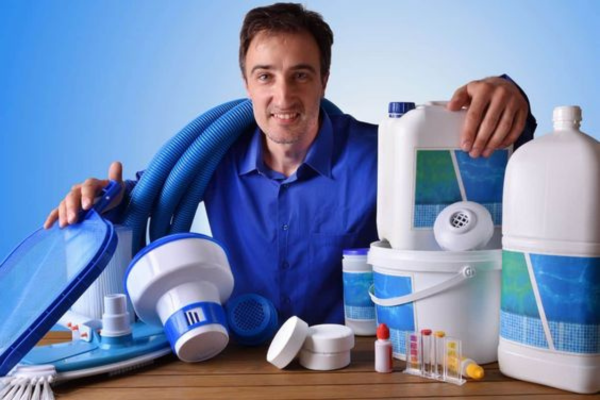
Here are top tips and guidance on effectively using a water hose pool cleaner, focusing on choosing the right hose, understanding hose types, and ensuring a secure connection:
How to Choose the Right Hose for Pool Cleaning
Considerations: Assess the size of your pool and the cleaning requirements. A larger pool may require a more robust hose that can handle extensive coverage without compromising suction.
Material: Opt for hoses made from durable, chemical-resistant materials to ensure longevity and resilience against pool chemicals and sun exposure.
Understanding Different Types of Hoses for Pool Cleaning
Standard Hoses: generally lightweight and flexible, suitable for small to medium-sized pools.
Spiral wound hoses offer enhanced durability and are designed to prevent kinks and maintain consistent suction, making them ideal for larger or more debris-filled pools.
Factors to Consider When Selecting a Pool Vacuum Hose
Length and diameter: Ensure the hose is long enough to reach the entire pool from the filter or pump connection point without stretching. The diameter should match the pool’s pump specifications for optimal performance.
Quality Features: Look for hoses with UV protection and those that are kink-free to enhance usability and durability.
Tips for Properly Connecting the Hose to the Pool Cleaner
Secure Connection: Attach the hose firmly to the pool cleaner. Ensure that all connections are tight to prevent air leaks, which can diminish the cleaner’s effectiveness.
Air Removal: Before connecting the hose to the pump, submerge it in water to expel all air. This step is crucial to maintaining proper suction and cleaning efficiency.
Following these tips will help ensure that your water hose pool cleaner operates effectively, providing a thorough clean and maintaining optimal pool hygiene.
Common Issues with Pool Vacuum Cleaners
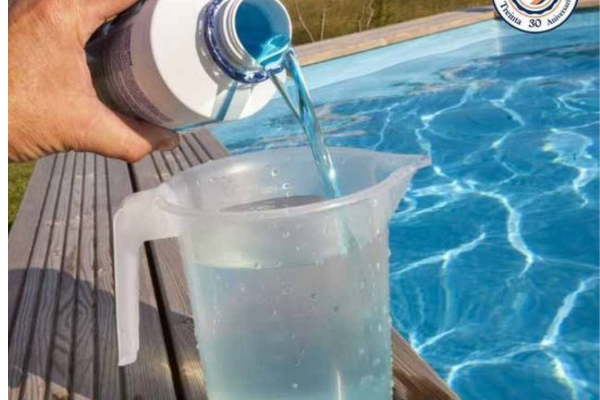
Addressing common issues with pool vacuum cleaners is essential for maintaining an efficient and effective cleaning routine. Here are some solutions to typical problems such as hose leakage, vacuum head malfunctions, and challenges specific to ground pool vacuuming:
Identifying and Fixing Hose Leakage Problems.
Detection: Inspect the hose for any signs of cracks, holes, or loose connections, which can lead to air leaks and reduced suction.
Solution: Replace damaged sections of the hose or secure loose connections with hose clamps or tape to restore proper function.
Ensuring the Proper Functioning of the Vacuum Head
Maintenance Checks: Regularly examine the vacuum head for blockages or wear and ensure it is properly attached to the hose and telescopic pole.
Optimization: Adjust the vacuum head settings according to the pool’s depth and the type of debris being cleaned to ensure optimal performance.
Troubleshooting Ground Pool Vacuuming Challenges
Common Issues: Ground pools may experience issues such as uneven cleaning or difficulty maneuvering the vacuum over slopes.
Adjustments: Check for and adjust the suction power to suit the specific needs of a ground pool. Ensure the vacuum head is appropriate for the pool’s lining to avoid damage and enhance cleaning efficiency.
By systematically addressing these issues, pool owners can significantly improve the performance of their pool vacuum cleaners, ensuring a cleaner and more inviting swimming environment.
Maximizing Cleaning Efficiency with a Garden Hose Pool Vacuum
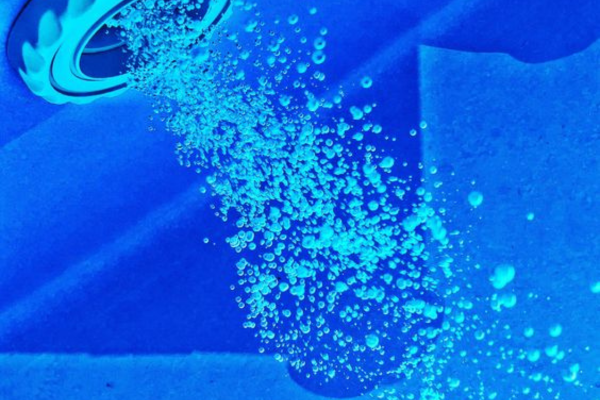
Maximizing the cleaning efficiency of a garden hose pool vacuum involves understanding its benefits, maintaining the equipment properly, and utilizing adapters for enhanced performance. Here are key insights for each aspect:
Benefits of Using a Garden Hose for Pool Vacuuming
Cost-Effectiveness: Utilizing a garden hose for pool vacuuming is a budget-friendly option compared to specialized pool vacuums.
Simplicity: This method requires fewer components, making it easier to set up and operate, especially for small to medium-sized pools.
Tips for Maintaining Your Garden Hose Pool Vacuum
Regular Inspection: Check the garden hose and vacuum attachment for signs of wear or damage, such as cracks or leaks, which can reduce cleaning efficiency.
Proper Storage: After use, drain the hose and store it in a cool, dry place to prevent deterioration from the elements and prolong its usability.
Utilizing a Hose Adapter for Enhanced Pool Cleaning
Compatibility: Use a hose adapter to securely connect your garden hose to the pool vacuum unit, ensuring a tight fit that prevents air leaks.
Enhancement: An adapter can also help regulate water flow, optimizing the suction power of the pool vacuum for more effective debris removal.
By following these guidelines, you can effectively use a garden hose as a pool vacuum, achieving efficient cleaning results while managing costs and maintaining easy operability.
The Importance of Properly Maintaining Your Pool Vacuum
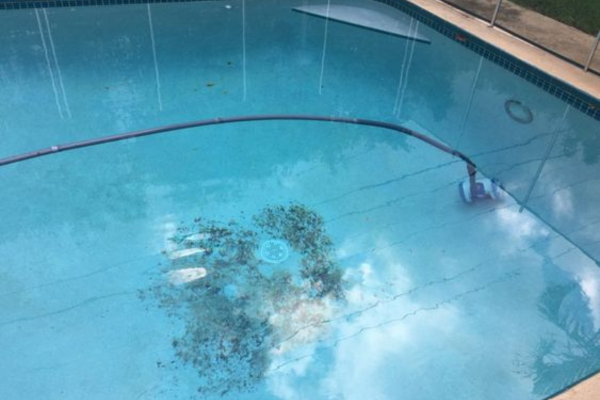
Proper maintenance of your pool vacuum is crucial for ensuring its efficiency and longevity. Here are essential practices and procedures for maintaining your pool vacuum and its accessories, along with solutions for common issues:
Best Practices for Cleaning and Storing Pool Vacuum Accessories.
Cleaning: Regularly clean vacuum hoses, filters, and brushes to remove debris and prevent buildup that can impair function.
Storing: Store all vacuum components in a dry, shaded area to prevent damage from sunlight and extreme temperatures, which can degrade materials over time.
Understanding Backwash Procedures for Efficient Pool Maintenance.
Purpose: Backwashing reverses the flow of water through the pool filter to clean out trapped debris.
Procedure: Shut off the pool pump, set the filter to ‘backwash’ mode, restart the pump, and run it until the water in the sight glass is clear. This process enhances the effectiveness of your pool’s filtration system.
Tackling Common Pool Vacuuming Issues with Intex and Spa Vacuums.
Intex Vacuums: Common issues include loss of suction and hose blockages. Ensure connections are secure and free from leaks, and regularly check for clogs in the hose and filter.
Spa Vacuums: Challenges often involve handling small, confined spaces. Use appropriate attachments for tight areas and maintain regular checks to ensure optimal performance.
By adhering to these practices, you can significantly improve the performance and extend the life of your pool vacuum, ensuring a clean and healthy swimming environment.

Meet David Thomas, a seasoned professional with nearly 8 years of experience specializing in inspecting and resolving issues related to swimming pools. With his expertise and meticulous attention to detail, David ensures the safety and functionality of pools, making them a refreshing oasis for all to enjoy. Whether it’s troubleshooting equipment or maintaining water quality, David’s proficiency guarantees top-notch solutions tailored to meet every pool owner’s needs.
